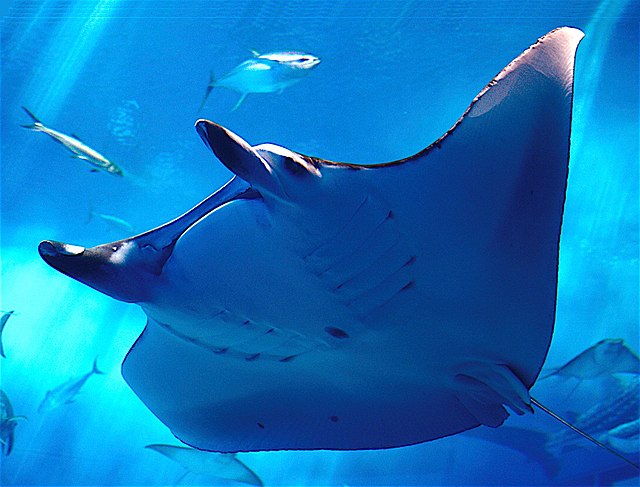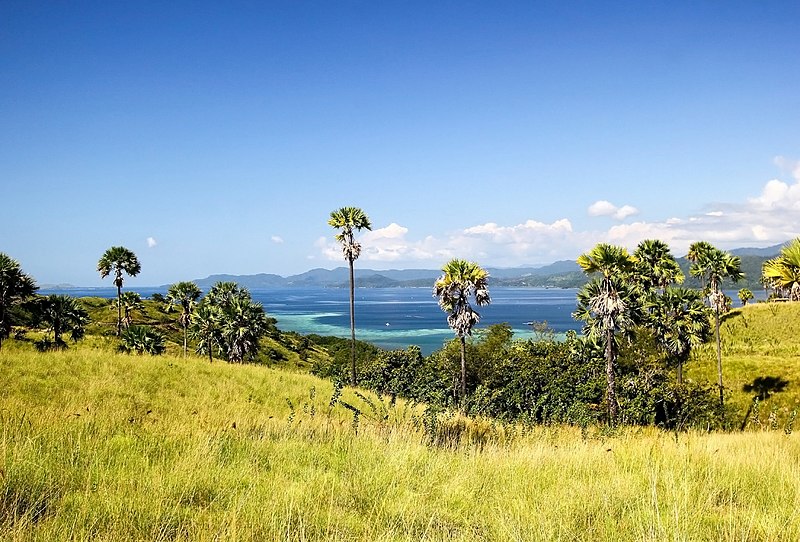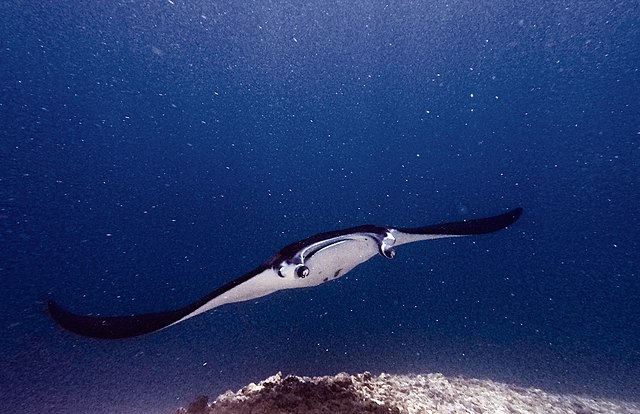The world’s largest manta ray fishery is located in Eastern Flores, Indonesia where the remote community of Lamakera resides. For centuries this community has hunted manta rays as a source of food and trade.

This is out of necessity in order to obtain everyday items as well as other sources of food with neighboring villages. The reason that they have to resort to hunting this species is due to their immediate area having infertile land. This makes farming nearly impossible. This fishery was for local consumption only up until the late 90s.

During this time period a sudden, large demand for manta ray gill plates came from China. As a result, the Lamakera fishery became a commercial hub for an international gill plate trade as a result.
In 2013, the non-profit organization WildAid estimated that the international gill plate trade was worth $30 million per year with 99% of the trade occurring from the province of Guangzhou in China. The Chinese claimed that the manta ray gill plates were being used for medical issues such as increasing blood circulation, breast milk supplies, curing cancer and for curing the chickenpox. However, none of these medical issues have been proven to be cured nor has any medical value been attributed directly to the manta ray gill plates.
Manta Rays are known to be curious and social animals. There are a ton of pictures and videos of them playing with and interacting with humans in the ocean. Their life expectancy is up to 50 years and female manta rays tank 8 to 10 years to reach maturity. They give birth to 1 to 2 pups every 5 years.
At the rate that the manta rays were being harvested, a study that began in 2002 revealed that in 2014 there was a 75% decline in manta ray catches in the area. The fisherman reported that they simply could not locate any in order to harvest them. China continued to increase the demand regardless of the decline. As a result, the Manta Ray was added to the endangered species list. In 2013, the Convention on International Trade in Endangered Species of Wild Fauna and Flora (CITES) voted to add mantas to Appendix II. This means that the members of all countries involved – including Indonesia – were called upon to implement the proper measures in order to regulate the trade of a species that was determined to be vulnerable to extinction.
In 2014, Indonesia’s Ministry of Maritime Affairs and Fisheries enacted a ban on the hunting, selling and trading of manta rays. This ban was called the Kepmen KP. No. 4. 2014. Violations of this ban could result in up to six years of prison and a fine of $100,000. This ban granted legal protection of the species across over 3.7 million square miles in Indonesia’s Exclusive Economic Zone.
While this very effectively put a stop to the decimation of this species, it created a very big economic problem for the community of Lamakera. Left with no way to trade for everyday items and food with other villages, a coalition of local Indonesian government agencies and non profit conservation organizations launched a sustainable fishing effort. This helped to create alternative income streams for the Lamakera community.
Now this was no easy feat, but they made it work by having the former manta ray fisherman sign an agreement to stop hunting the manta rays and in return they received financial support and sustainable fishing training. The financial support came in the form of small business loans to which they were also trained in management and finance in order to enable them with the skillset needed to generate enough income to pay back the loan in addition to supporting themselves financially and sustainably long term.

The 14 ex-manta ray hunters were given a small fishing boat so that they could practice a new technique that is both sustainable and more profitable. The boat is not suitable for mantas or large marine mammals which ensured that the fishermen were encouraged to catch a high value species instead such as sardinella. The ex-manta hunters are reported to have matched their previous salary and they also report that this new, sustainable fishing practice has provided more stability in their income.
So who do we have to thank for this massive conservation win? The Misool Foundation, Reef Check, the Indonesian Manta Project, Blue Sphere Foundation and WildAid. I’ll leave a link to each organization’s website below if you would like to make a donation so that they can continue to do amazing work like this.
All of this will allow the Manta Rays a chance to repopulate. It has also shown that protecting a vulnerable species is possible while also ensuring that the locals will not be economically impacted in the process.
If you are feeling inspired and want to create a conservation win of your own, join the conservation wins crew – it’s free – you’ll get monthly ideas on everything from aquaculture to biodegradable products. You can join for free here: Conservation Wins Crew
